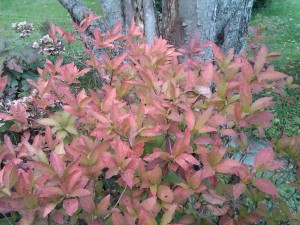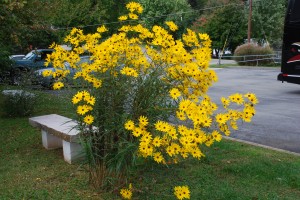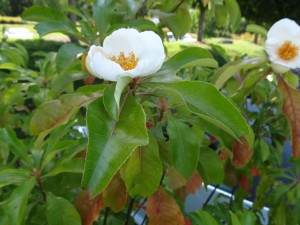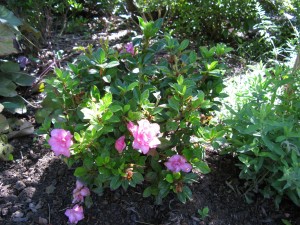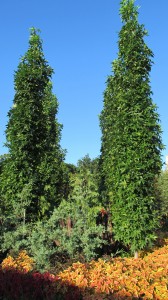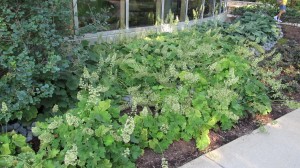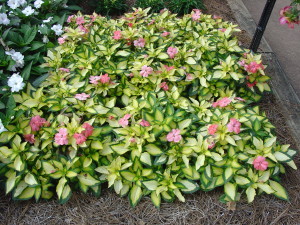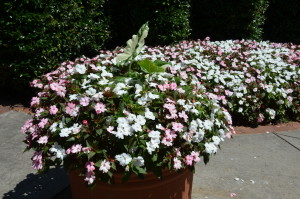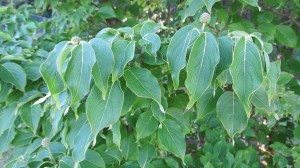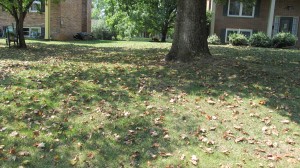Finally, Americans are paying closer attention to our wonderful native plants. In the Southern Appalachian region, there are 16 and more species of deciduous azaleas which may be grown here. In addition, there are numerous natural hybrids growing in the mountains.
I asked Jay Jackson, owner of Appalchian Native Plants, Inc. in Laurel Bloomery, TN which deciduous azaleas offer the best fall color. He rated these six as the best:
Pinkshell azalea (R. vaseyi)
Sweet or smooth azalea (R.arborescens)
Swamp azalea (R.viscosum)
Natural hybrids of (R. arborescens) x (R. cumberlandense)
Cumberland or bakeri (R. cumberlandense)
Flame azalea (R. calendulaceum)
The species rating order may change from year to year with the weather conditions prior to fall foliage color-up.

